Make in-store customer data work for you
May 20, 2021 •Kevin McSpadden

Online marketers don’t suffer the restrictions of having a finite customer universe – but for retailers and brands with physical stores, this is a live concern. For a physical retailer wanting to expand their customer base, your choice is to either open new stores (expensive, cash-draining, with diminishing returns); reach new customers through technology (time-consuming and expensive); or to invest in marketing existing stores to drive increased loyalty and frequency from existing customers – which is a far more cost-effective and profitable strategy.
As Tesco proved more than 20 years ago, the key to driving customer loyalty and frequency is to know who your customer is and build a relationship with them through timely and relevant marketing
However, despite its simplicity, too many retailers fail to deliver on this concept. And yet ignoring it could mean losing 5 – 10% in like-for-like performance across your store estate. Unless you’re currently linking at least 50% of your in-store transactions to a customer, you’re missing out on significant revenue and profit opportunities.
Why are businesses failing to develop systems to find out about their customers and build relationships? They presume that implementing it is too complex; they are nervous about GDPR; they have concerns about their internal teams’ resilience – or there is simply a lack of ownership in developing a channel-oriented structure. These fears are needless.
There are three key areas to get right – all relatively easy and cost-effective ways to supercharge your business performance.
Technical enablement
Loyalty cards, apps or e-receipts are common ways to capture data in stores. Each has its pros and cons, but all need the capacity to:
- capture the details of a new customer
- edit details of an existing customer
- link a transaction to a customer
- pass this information back to a customer database
- feed this data into marketing platforms.
The human factor
Retailers with the greatest success in data capture don’t always have beautifully developed apps or substantial loyal programmes offering numerous points and prizes. Much more importantly, they have a confident and genuine connection between staff and customers. This should be a cultural and KPI ambition pervading the whole organisation, from store colleagues to board members.
Customer benefits
The final piece of the jigsaw is to ensure that your customers feel that they gain value from providing you with their information, and in continuing to do so. There are many ways to provide value to the customer whilst delivering incremental profit, and they typically fall into three categories – the 3 Rs:
Recognition
- Does your customer feel recognised? Do you think your customers feel valued by you?
- As a customer, which of the brands you buy make you genuinely feel valued?
- As a form of recognition, simply thanking the customer is incredibly powerful. What else can you do?
Relevance
- If you ran a tiny boutique store with 20 customers, you’d know exactly what to talk to each of them about. You wouldn’t treat them all the same.
- Even if we have a million customers, technology allows us to have relevant conversations – and conversions – and when the transaction feels genuine and appropriate to the individual, there is benefit for both parties.
Rewards
- It isn’t just points and prizes, but it’s more about providing ‘exclusive offers’, ‘early access’ or ‘surprise and delight’. From the customer’s point of view, such offers provide a direct and quantifiable benefit – and to a retailer, it’s a more tactical and controlled way to incentivise customer behaviour.
At more2, we’re experts in maximising the impact of your data collection. Through rich insight, segmentation and predictive modelling, we make your data work to earn its keep – putting it into action. Enabling more relevant and meaningful conversions of your customers, whichever channel or platform they might buy in, accelerates company performance and profit. Can you afford to ignore it?

